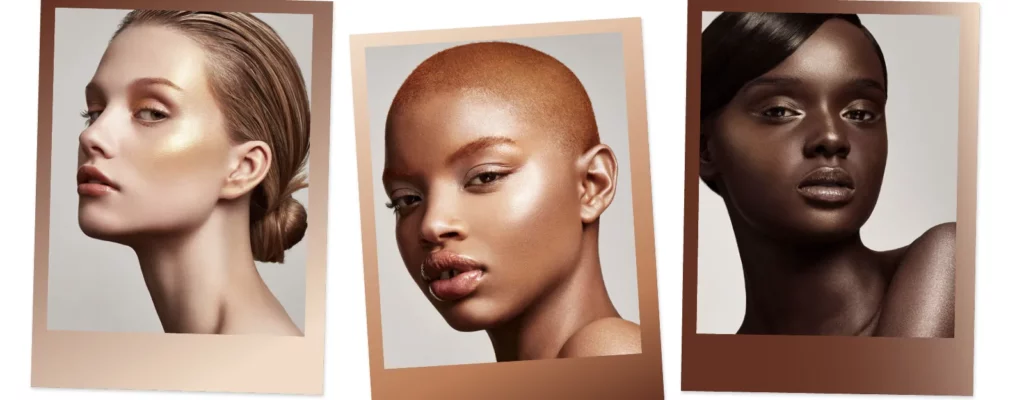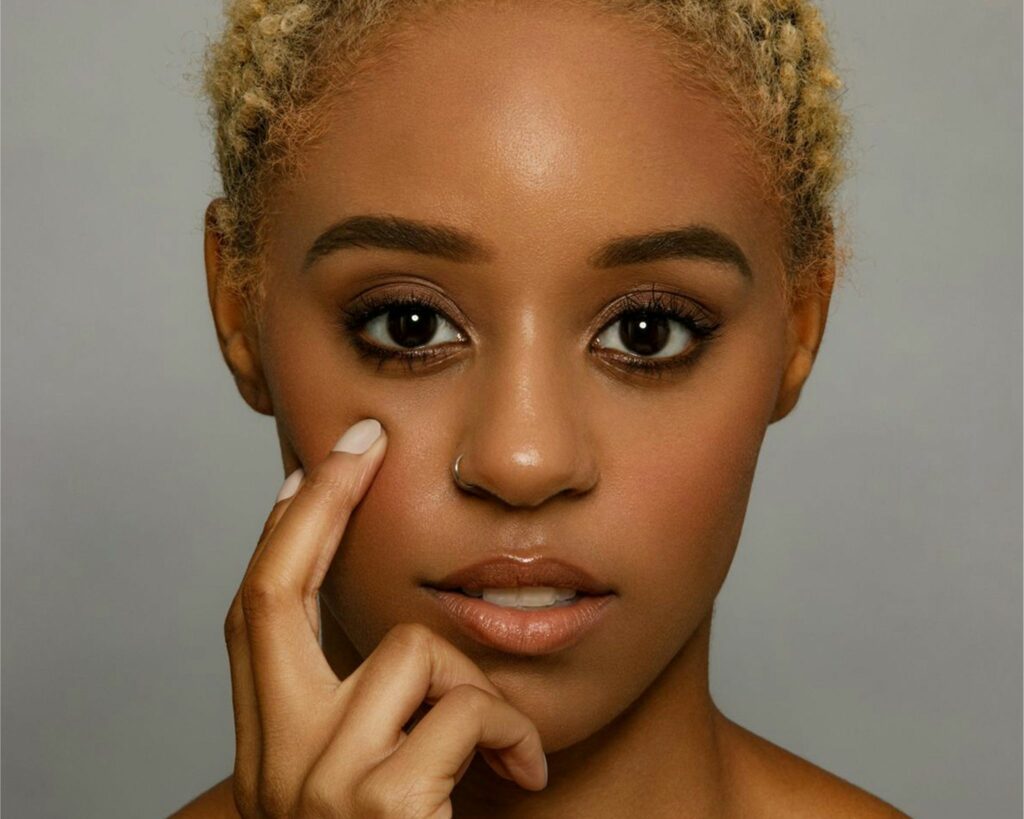Skin tone variation has only recently drawn the attention of cosmetics makers. With 40 foundation shades, Rihanna’s 2017 debut of Fenty Beauty transformed the market and gave rise to the “Fenty effect,” wherein businesses are now competing to showcase a wider range of skin tones.
Hidden skin tone bias in AI
The limited understanding of skin tones in computer vision has obscured AI biases, which are differences in how well AI works for distinct groups. Computer vision processes visual information from photos and videos for tasks like facial identification and verification. When racial bias cannot be explicitly measured due to lack of data, AI developers usually just take into account bias along light versus dark skin tone categories.

Because of this, bias outside of this dichotomy is rarely taken into consideration, even though awareness of face recognition bias against people with darker skin tones has significantly increased.
Although the Fitzpatrick scale was first designed to quantify skin tanning or burning for Caucasians, it is the skin tone scale that AI engineers use the most frequently. In order to represent “brown” and “black” skin tones, the deepest two hues were only subsequently introduced. The resultant scale, which has just six selections, resembles vintage foundation shade ranges.
This is a rather exclusive definition of prejudice. The National Institute of Standards and Technology discovered that facial recognition technologies exhibit bias against groups that do not fit neatly into this dichotomy, such as East Asians, South Asians, and Native Americans, in one of the few studies that examined racial bias in these technologies. However, these biases are rarely checked for.
After working with researchers on her team for several years, Alice Xiang, the head of AI ethics at Sony, reports that they discovered that computer vision models are prejudiced not only along light versus dark skin tones but also along red against yellow skin hues. Indeed, individuals with darker or more yellow-toned skin tones had worse accuracy rates from AI models, and these skin tones are notably underrepresented in large-scale AI datasets.
According to Alice, their study created a two-dimensional skin tone scale that will make it possible for AI developers to recognise biases in the future along light versus dark tones and red against yellow hues. For her, this finding validated her personal and scientific beliefs.

Artificial intelligence with high risks
The nagging doubt that AI bias produces is one of its harmful characteristics, much like discrimination in other circumstances. For instance, is it biassed or just poor luck if you get stopped at the border because a facial recognition model cannot match your face to your passport?
Little prejudices can build up as AI gets more and more integrated into daily life and cause some people to be treated unfairly or as second-class citizens who are routinely ignored or misrepresented. troubling high-stakes applications like face recognition for criminal suspect identification or pedestrian detection for self-driving cars, this is particularly troubling.
Although identifying AI bias against individuals with various skin tones is not a cure-all, it is a significant advancement at a time when efforts to combat algorithmic discrimination are intensifying, as indicated by the EU AI Act and the AI executive order signed by President Joe Biden.
This research not only makes it possible to audit AI models more thoroughly, but it also highlights how crucial it is to incorporate a variety of viewpoints into AI development.
When describing this research, Alice notes that she has been surprised by how natural her two-dimensional scale seems to those who have been in the rare position of having to classify your skin tone and undertone when buying cosmetics.
“It saddens me to think that perhaps AI developers have relied on a narrow conception of skin tone to date because there isn’t more diversity, especially intersectional diversity, in this field,” Alice says.
She continues by saying that what first motivated her to investigate this possible answer was her own dual identities as an Asian American and a woman, who has encountered the difficulties of skin tone depiction.
In conclusion, the AI sector must take note of the impact that varied viewpoints have had in the cosmetics market, as demonstrated by Rihanna and others. If we don’t, we run the risk of having a future where many people are marginalised by technology.
(Tashia Bernardus)
